Car accidents can be a stressful experience, especially when they occur in busy cities like San Diego. In 2017 alone, San Diego experienced a significant number of traffic crashes, both fatal and non-fatal, totaling 15,003 incidents. Understanding the legal process involved is important to protect your rights and ensure you receive fair compensation.
In this guide, you’ll learn essential steps to take immediately after an accident, clarify your legal rights under California law, and provide practical advice for handling insurance claims and potential lawsuits.
Common Causes of Car Accidents in San Diego

Distracted Driving
Distracted driving is one of the leading causes of car accidents in San Diego. Common distractions include using a mobile phone, eating, or adjusting in-car technology. The city’s heavy traffic and frequent stop-and-go conditions increase the risks associated with distractions.
Speeding
Speeding is another prevalent cause of accidents, particularly on San Diego’s major highways like Interstate 5 and Interstate 805. Drivers exceeding speed limits reduce their ability to react to sudden changes in traffic flow, increasing the likelihood of collisions.
Driving Under the Influence
Driving under the influence of alcohol or drugs remains a significant issue in San Diego. Despite strict laws and enforcement, DUI-related accidents continue to pose a danger, particularly during holidays and weekends when social gatherings are more frequent.
Weather Conditions
San Diego’s weather, while generally mild, can contribute to accidents when unexpected rain makes roads slick or fog reduces visibility. Drivers unaccustomed to these conditions may not adjust their driving accordingly, leading to accidents.
Traffic Congestion
Heavy congestion, especially during rush hours and in areas around tourist attractions, can lead to accidents caused by sudden stops, lane changes, and aggressive driving. Understanding the patterns of traffic congestion in San Diego can help drivers anticipate and avoid risky situations.
Intersection Accidents
Intersections in San Diego, particularly busy ones, are common sites for accidents due to issues like red-light running, failure to yield, and improper turns. Increased vigilance and adherence to traffic signals are essential for safety in these areas.
Immediate Steps After a Car Accident
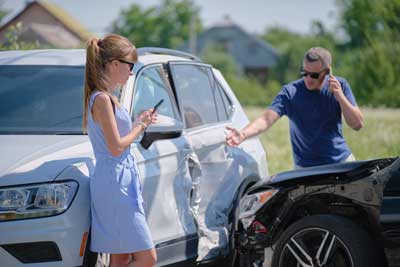
Ensure Safety and Health
Prioritize your safety and the safety of others involved. If you are able to move and it is safe to do so, get to a secure location away from traffic. Check yourself and others for injuries, and call 911 to report the accident and request medical assistance if needed. Even if injuries seem minor, it’s important to seek medical attention as some injuries may not be immediately apparent.
Exchange Information
Once safety is secured, exchange necessary information with the other driver. This includes names, contact information, insurance details, and vehicle registration. Make sure to document this exchange thoroughly. Taking photos of the scene, including vehicle damage, license plates, and relevant road conditions, can provide valuable evidence later on. Remember to also note the time, location, and any contributing factors, such as weather or traffic conditions.
Report the Accident
In San Diego, you are required to report any car accident that results in injury or significant property damage to the police. Call the San Diego Police Department or the California Highway Patrol to file a report. Obtain a copy of this police report, as it will be a critical document for insurance claims and any legal actions. This report provides an official account of the accident and can help establish fault.
Having taken these immediate steps, you are now better positioned to handle the legal and insurance processes that follow. Let’s move on to understanding your legal rights in the context of a car accident in San Diego.
Understand Your Legal Rights in San Diego

California’s Car Accident Laws
California operates under a “fault” system, meaning that the person responsible for the accident is liable for any damages. The state uses a comparative negligence rule, which allows you to recover damages even if you are partially at fault, though your compensation will be reduced by your percentage of fault. For instance, if you are found to be 20% at fault, your compensation will be reduced by 20%.
Another critical aspect to consider is the statute of limitations. In California, you have generally have two years from the date of the accident to file a personal injury lawsuit and three years for property damage claims. However, the statute of limitations can be significantly shorter such as with claims against government entities, so it is important to contact an attorney if you are not sure about your deadline to file a claim or lawsuit. Failing to file within the applicable timeframe can result in losing your right to sue.
Insurance Requirements
California law requires drivers to carry a minimum amount of liability insurance, including:
- $15,000 for injury or death to one person.
- $30,000 for injury or death to more than one person.
- $5,000 for property damage.
In addition to liability insurance, it is advisable to have uninsured/underinsured motorist coverage. This protects you if the at-fault driver does not have adequate insurance. This coverage is important in San Diego, where accidents involving uninsured drivers are not uncommon.
Potential Legal Claims
After a car accident, you may have several potential legal claims, including personal injury, property damage, and loss of income. Personal injury claims can cover medical expenses, pain and suffering, and lost wages. Property damage claims address the cost of repairing or replacing your vehicle. Understanding the full scope of your claims can help you seek appropriate compensation.
It’s also important to understand the role of comparative negligence in California. If you bear some responsibility for the accident, your compensation will be adjusted accordingly. Knowing how to present your case effectively can minimize your fault percentage and maximize your compensation.
Armed with knowledge about your immediate steps and legal rights, you’re better prepared to navigate the complexities of the car accident claims process. Next, we’ll explore the intricacies of filing insurance claims and working with legal professionals in San Diego.
Preparing for a Legal Case
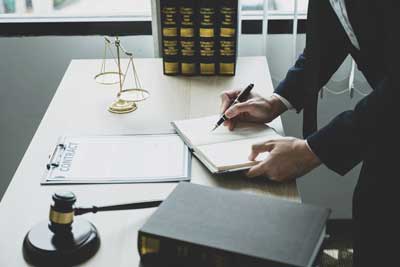
Gathering Evidence
Building a solid legal case starts with collecting and organizing evidence. This includes all documents and records related to the accident, such as:
- The police report: Provides an official account of the incident and often includes witness statements and a preliminary assessment of fault.
- Medical records: Document your injuries, treatments, and any ongoing medical issues resulting from the accident.
- Repair estimates: Detail the damage to your vehicle and the costs of repairs or replacement.
- Witness statements: Support your version of events with third-party accounts.
- Photographic evidence: Photos of the accident scene, vehicle damage, and injuries can be compelling evidence.
Maintain a detailed log of all expenses related to the accident, including medical bills, repair costs, and any lost wages. This comprehensive documentation will help substantiate your claims and demonstrate the full extent of your damages.
Understanding the Legal Process
The legal process for a car accident case involves several stages, each requiring careful attention and preparation:
- Filing a Complaint: Your car accident attorney in San Diego will draft and file a formal complaint outlining your claims and the damages you seek.
- Discovery Phase: Both parties exchange evidence and information through depositions, interrogatories, and requests for documents. This phase is critical for uncovering all relevant facts and building your case.
- Pre-Trial Motions: Your car accident lawyer in San Diego may file motions to resolve specific issues before trial, such as excluding certain evidence or even seeking a summary judgment if the facts are clear.
- Trial: If the case proceeds to trial, both sides present their arguments, evidence, and witness testimonies to a judge or jury. The trial concludes with a verdict and, if applicable, the awarding of damages.
Understanding these steps helps manage expectations and prepares you for the complexities of a legal battle. Your San Diego car accident lawyer will guide you through each stage, advising you on the best strategies and ensuring all procedural requirements are met.
Dealing with Insurance Companies
Insurance companies often have experienced adjusters and legal teams whose primary goal is to minimize payouts. Knowing how to effectively deal with them is important for securing a fair settlement. Be cautious in your communications, providing only the necessary information without admitting fault or speculating about the accident. Avoid signing any documents or agreeing to a settlement without consulting car accident attorneys in San Diego, as this can limit your ability to seek further compensation.
If negotiations stall or if the insurance company acts in bad faith, your attorney can file a complaint or pursue litigation to compel fair treatment. Understanding the tactics used by insurance companies and having legal support can significantly improve your position.
Having prepared for a potential legal case, it’s important to consider unique factors that might affect car accidents in San Diego. Let’s discuss special considerations specific to this region.
Special Considerations for San Diego

Local Traffic Conditions
San Diego is known for its congested highways, especially during rush hours and in areas like Interstate 5 and Interstate 805. These high-traffic zones are prone to accidents, often involving multiple vehicles. Weather conditions, such as sudden rain that can make roads slippery, also contribute to the frequency of accidents. Being aware of these factors can help you anticipate potential risks and understand the context of your accident.
Moreover, areas around tourist attractions and military bases often experience higher traffic volumes and different driving behaviors, which can complicate accident scenarios. Recognizing these patterns can provide insight into how and why your accident occurred.
Dealing with Tourists and Visitors
San Diego’s status as a popular tourist destination means that accidents often involve out-of-state drivers or visitors unfamiliar with local traffic laws. These cases can be more complex, as they may involve rental vehicles and out-of-state insurance policies. Determining liability and negotiating with insurance companies from different states require a nuanced approach and a clear understanding of how to handle interstate legal issues.
Additionally, rental car companies have their own insurance policies and protocols, which can complicate claims. If you are involved in an accident with a rental car, be sure to gather rental agreement details and any additional insurance information provided by the rental company.
Notable Case Examples
Studying recent car accident cases in San Diego can provide valuable insights into local legal precedents and common outcomes. For example, high-profile cases involving severe injuries or complex liability issues often highlight how local courts interpret California’s comparative negligence laws. Reviewing these cases can help you understand potential challenges and opportunities in your own legal process.
Conclusion
Navigating the legal landscape after a car accident in San Diego requires a clear understanding of both immediate actions and long-term processes. By following the guidance provided in this comprehensive guide, you can better manage the aftermath of an accident, protect your rights, and pursue fair compensation for your damages and injuries.
Armed with this knowledge, you are better equipped to handle the complexities of a car accident case in San Diego. If you find yourself involved in an accident, remember that taking prompt and informed actions can significantly influence the resolution of your case. From ensuring your immediate safety to understanding the intricacies of local laws, each step plays a crucial role in protecting your interests.
However, each accident case is unique, and there may be nuances specific to your situation that require professional legal advice. Consulting with a car accident attorney in San Diego can provide you with tailored guidance and support, ensuring that you navigate the legal process effectively and achieve the best possible outcome.
Frequently Asked Questions
What should I do immediately after a car accident in San Diego?
Immediately after a car accident in San Diego, ensure your safety and the safety of others by moving to a secure location if possible. Call 911 to report the accident and seek medical assistance if needed. Exchange information with the other driver, including contact details, insurance information, and vehicle registration. Document the scene with photos and take notes on any relevant details. Finally, report the accident to the San Diego Police Department or California Highway Patrol.
What is the best time to contact a legal representative after a car accident in San Diego?
You should contact an attorney for car accidents in San Diego as soon as possible after an accident, especially if there are significant injuries, disputes about fault, or if the insurance company is not offering a fair settlement. An experienced car accident attorney in San Diego can provide valuable guidance, help gather evidence, negotiate with insurance companies, and represent you in court if necessary.
What compensation can I seek after a car accident in San Diego?
After a car accident in San Diego, you can seek compensation for medical expenses, property damage, lost wages, and pain and suffering. California's comparative negligence laws allow you to recover damages even if you are partially at fault, though your compensation will be reduced by your percentage of fault. A car accident lawyer in San Diego can help you assess and maximize your potential compensation.
What are the insurance requirements for drivers in San Diego?
California law requires all drivers to carry minimum liability insurance, including $15,000 for injury or death to one person, $30,000 for injury or death to more than one person, and $5,000 for property damage. It’s also advisable to have uninsured/underinsured motorist coverage to protect against accidents with drivers who lack sufficient insurance. Your San Diego lawyer for a vehicle accident can help you understand how your insurance affects your claim.
How long do I have to file a lawsuit after a car accident in San Diego?
In California, you generally have two years from the date of the accident to file a personal injury lawsuit and three years for property damage claims. However, the statute of limitations can be significantly shorter such as with claims against government entities, so it is important to contact an attorney if you are not sure about your deadline to file a claim or lawsuit. Failing to file within the applicable timeframe can result in losing your right to sue. Consulting with an auto accident attorney in San Diego promptly can ensure you meet all legal deadlines.
What if the other driver is uninsured or underinsured?
If the other driver involved in the accident is uninsured or underinsured, you can file a claim with your own insurance company under your uninsured/underinsured motorist coverage. This coverage is designed to protect you in such scenarios. Your San Diego car accident attorney can assist in filing this claim and negotiating with your insurance company to ensure you receive fair compensation.
What can I expect during the claims process after a San Diego car accident?
During the claims process, your San Diego car accident lawyer will help you file your claim, gather necessary evidence, and negotiate with the insurance company. If a fair settlement cannot be reached, your lawyer may advise pursuing litigation. Throughout the process, your lawyer will provide guidance, handle communications with insurance adjusters, and represent your interests to secure the best possible outcome.
How do San Diego’s local traffic conditions affect my car accident case?
San Diego's traffic conditions, including congestion on major highways like I-5 and I-805 and the presence of tourists unfamiliar with local roads, can complicate car accident cases. These factors may impact fault determination and the specifics of your claim. A car accident attorney in San Diego, who understands these local conditions, can provide insights and strategies tailored to your case.
Can I handle my car accident claim?
While it is possible to handle a minor car accident claim without a lawyer, involving a San Diego car accident lawyer is recommended for serious accidents, disputes about fault, or complex insurance negotiations. An experienced lawyer can navigate legal complexities, maximize your compensation, and provide peace of mind by managing all aspects of your claim, allowing you to focus on recovery.




 San Diego’s beautiful weather and scenic routes make it a popular destination for motorcyclists. Yet, the city’s roads can also pose significant risks for riders.
San Diego’s beautiful weather and scenic routes make it a popular destination for motorcyclists. Yet, the city’s roads can also pose significant risks for riders. 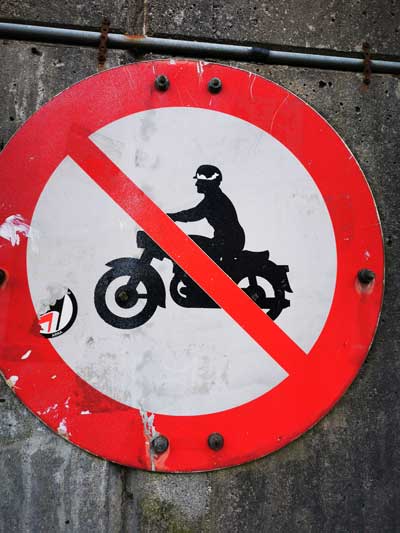 As a motorcyclist in San Diego, it is imperative to understand your rights and responsibilities under California law. Being aware of these regulations can help you stay safe on the road and protect your interests in the event of an accident.
As a motorcyclist in San Diego, it is imperative to understand your rights and responsibilities under California law. Being aware of these regulations can help you stay safe on the road and protect your interests in the event of an accident.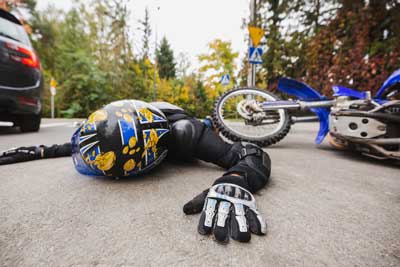 Motorcycle accidents in San Diego can be traumatic experiences, often resulting in serious injuries, property damage, and emotional distress. While not every accident requires legal assistance, there are certain situations in which seeking the help of a qualified San Diego motorcycle accident lawyer is imperative to protect your rights.
Motorcycle accidents in San Diego can be traumatic experiences, often resulting in serious injuries, property damage, and emotional distress. While not every accident requires legal assistance, there are certain situations in which seeking the help of a qualified San Diego motorcycle accident lawyer is imperative to protect your rights. When faced with the difficult aftermath of a motorcycle accident, having an experienced
When faced with the difficult aftermath of a motorcycle accident, having an experienced  When choosing a
When choosing a 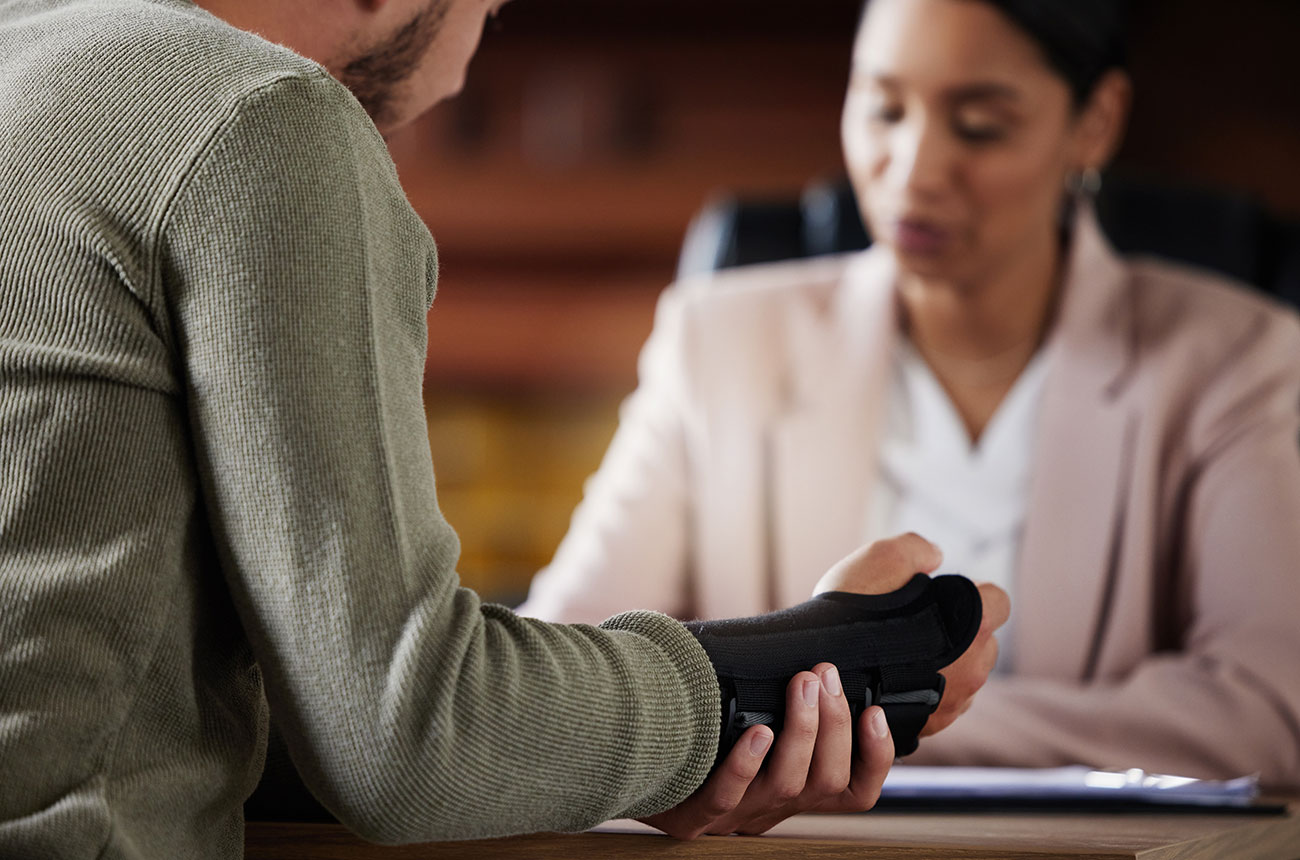
 Getting to Know Personal Injury Law in San Diego
Getting to Know Personal Injury Law in San Diego Qualities of a Top San Diego Personal Injury Lawyer
Qualities of a Top San Diego Personal Injury Lawyer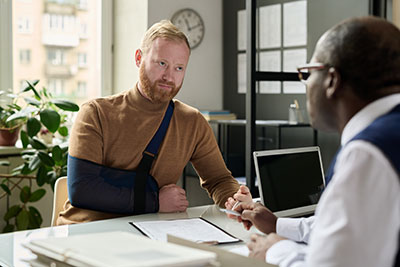 How to Search for the Best San Diego Personal Injury Law Firm
How to Search for the Best San Diego Personal Injury Law Firm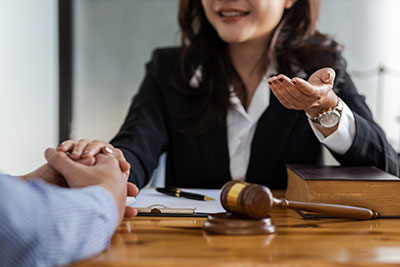 Evaluating Potential San Diego Personal Injury Attorneys
Evaluating Potential San Diego Personal Injury Attorneys The Role of Experience and Success Rates
The Role of Experience and Success Rates Conclusion
Conclusion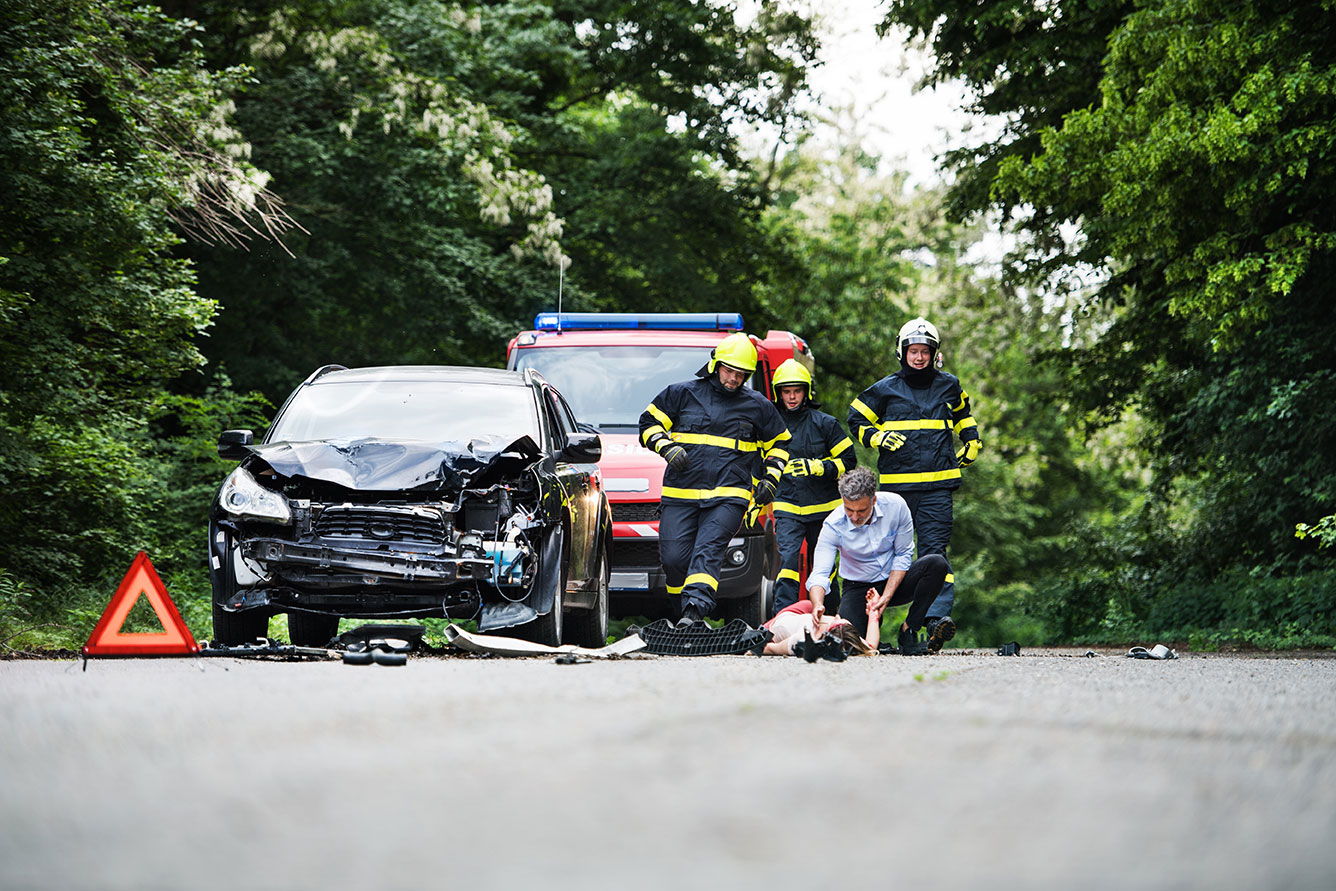
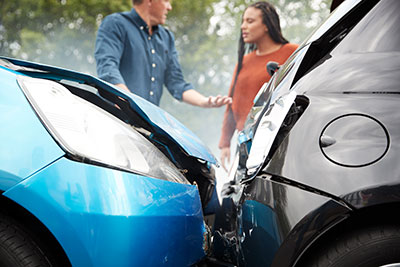 Step 1: Ensure Safety First When Car Accident Happens
Step 1: Ensure Safety First When Car Accident Happens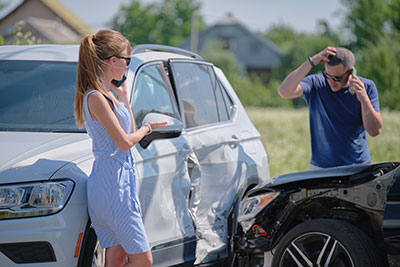 Step 2: Report the Accident
Step 2: Report the Accident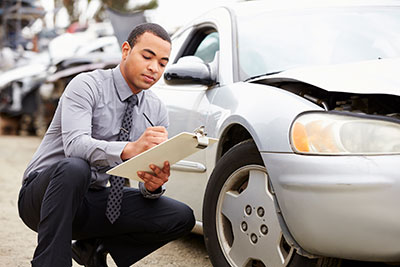 Step 3: Exchange Information and Document the Car Accident
Step 3: Exchange Information and Document the Car Accident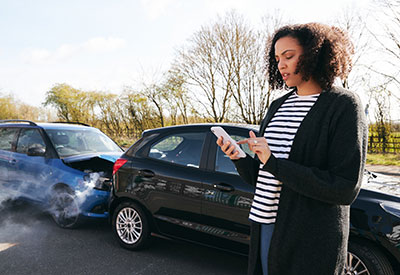 Step 4: Notify Your Insurance Company
Step 4: Notify Your Insurance Company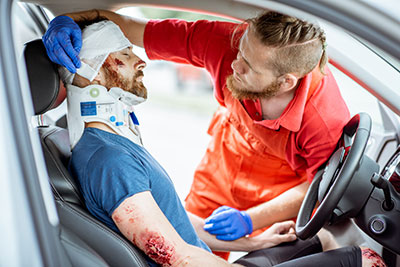 Step 5: Seek Medical Attention
Step 5: Seek Medical Attention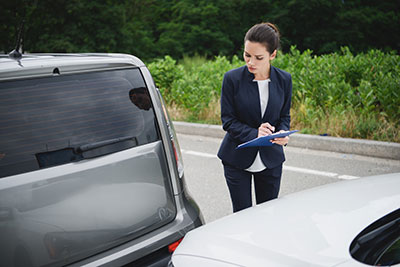 Step 6: Consider Legal Assistance
Step 6: Consider Legal Assistance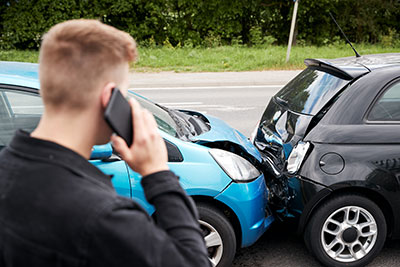 Step 7: Follow-Up
Step 7: Follow-Up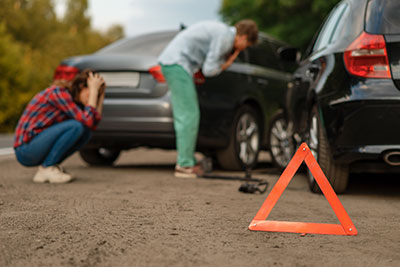 Conclusion
Conclusion

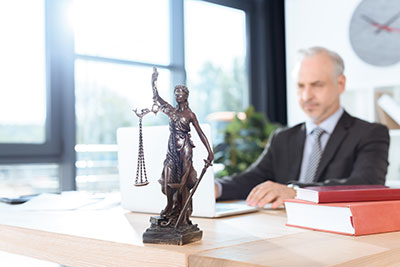 I. The Litigation Workflow
I. The Litigation Workflow II. Discovery and the 998
II. Discovery and the 998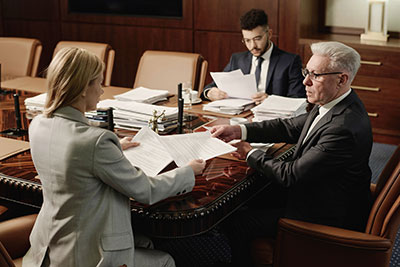 III. Reasonableness of the 998
III. Reasonableness of the 998 IV. Timing Extensions and Repeats
IV. Timing Extensions and Repeats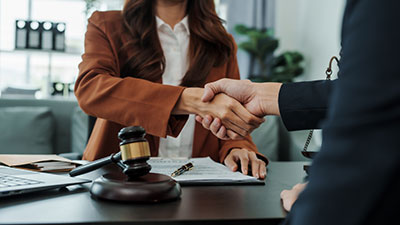 V. Conclusion
V. Conclusion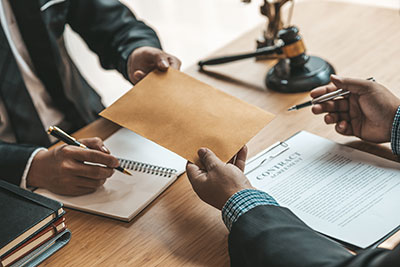 Introduction
Introduction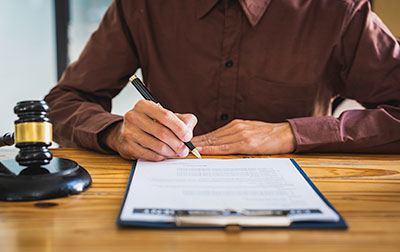 Pre-Demand Letters
Pre-Demand Letters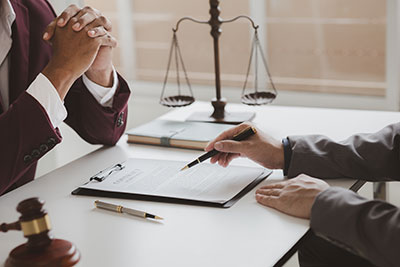 “The Judgment-Proof Defense”
“The Judgment-Proof Defense”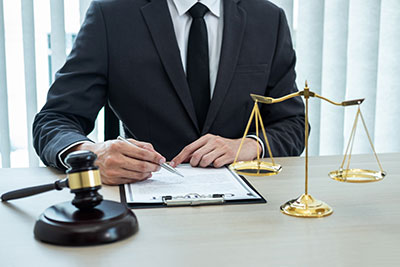 The Policy Limit Demand
The Policy Limit Demand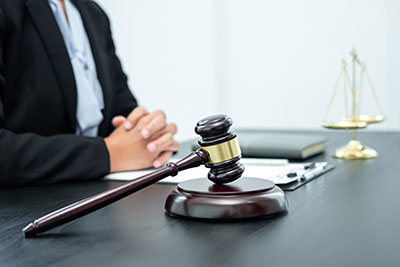 Conclusion
Conclusion